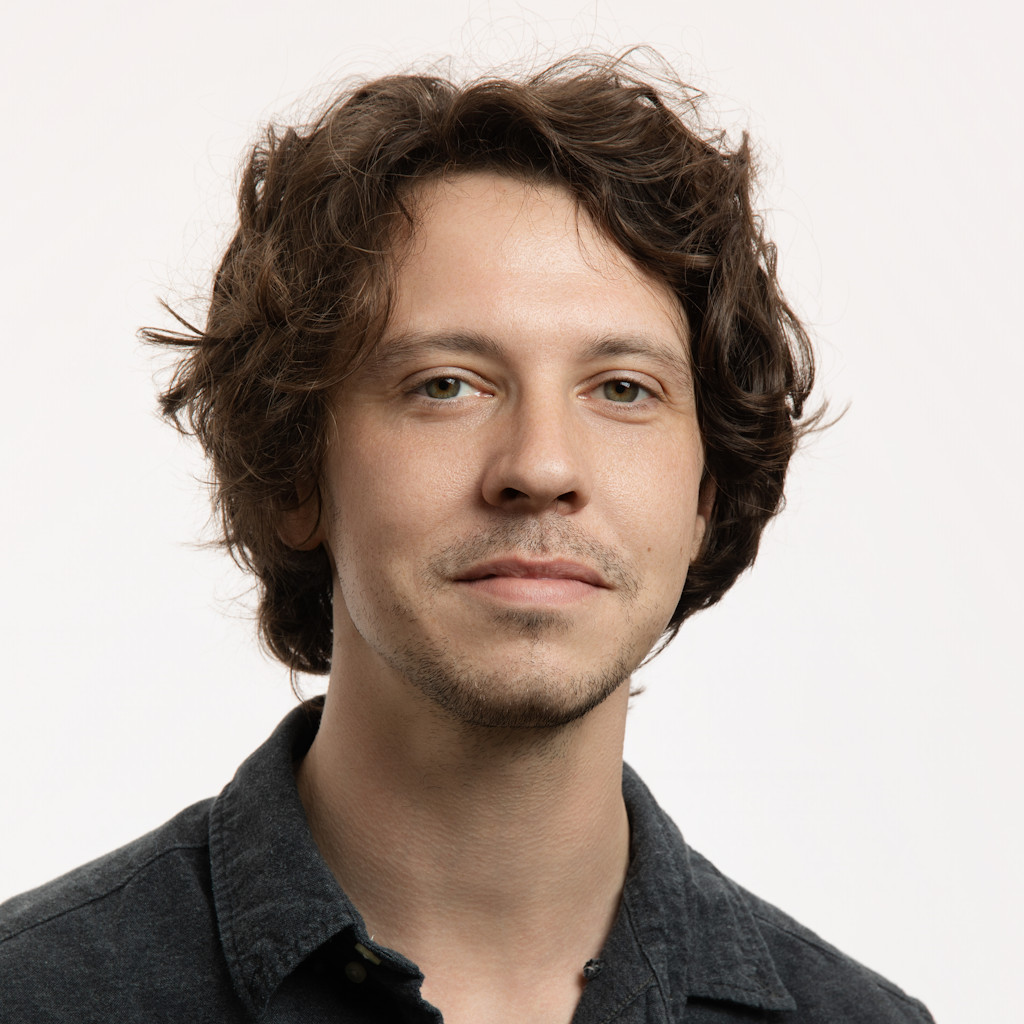
Neuroscience hackathon offers chance to solve real-life problems
By
 Karen Unland
Karen Unland
If you have been thinking about a challenge that might be tackled with neurotechnology, this summer provides an opportunity to get some help from students and recent grads who are looking for real-world problems to solve.
Researchers, industry representatives, health practitioners, and patient advocates are invited to be "problem providers" for NeurAlbertaTech's second annual natHACKS event, a 64-hour hackathon focused on the brain-computer interface, which is taking place from July 29 to Aug. 1 in Edmonton, Calgary, and Lethbridge.
The event is powered by sponsors such as Alberta Innovates and the National Research Council of Canada, among others. It offers teams a chance to hack out a solution on one of four tracks: rehabilitation, research, or recreation, plus a "junior" track for first-timers. The senior streams offer prize money of $2,000 for first place and $1,000 for second, and the junior track offers $1,000 to the winner. Winners will also be eligible for in-kind support from startup service providers.
Since its inaugural and virtual debut in 2021, natHACKS has grown. This year's iteration is aiming to provide "something for everyone," not only for students but also for the neurotech innovation space, said Eden Redman, executive director of NeurAlbertaTech.
"If you're a clinician or researcher, we have opportunities to mentor or judge at the hackathon," he said. "Or if you have an idea or two on the back burner, you can provide those as challenges to get zero-cost R&D from a team of talented students and recent grads."
A pitch night for neurotech problems to solve will be held online on July 15. Contact NeurAlbertaTech if you have a problem to pitch.
The application deadline for hackathon participants is July 8 for those who want access to hardware. The absolute deadline to register is July 15.



